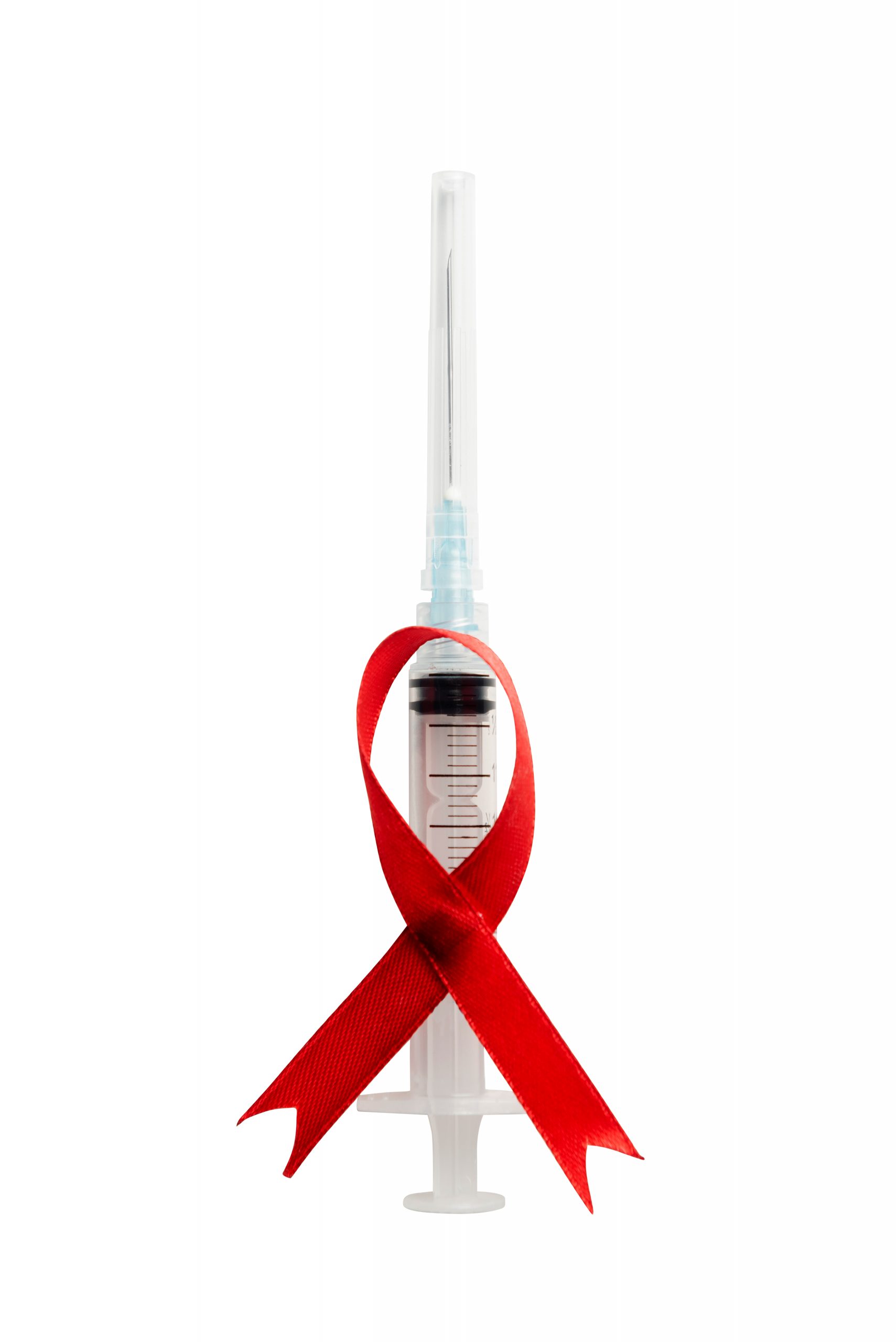

In preclinical studies, a novel HIV vaccine developed by Scripps Research demonstrated a greatly increased ability to neutralize the virus, and it will soon be investigated in healthy people who volunteer to participate in clinical trials.
The novel vaccine concept, described in a publication published in Nature Communications on April 9, 2023, employs small protein “nanoparticles” to show multiple copies of HIV’s surface protein Env, presenting itself to the immune system in the same way as real HIV particles would without infecting the recipient. The major innovation that explains its effects has to do with glycans, which are flexible sugar molecules that ordinarily cover Env on the real virus but are shorter in the novel form. The National Institutes of Health (NIH) funded a study after seeing encouraging preclinical results.
“With this design, we appear to have solved a big piece of the HIV vaccine puzzle,” says the paper’s senior author Jiang Zhu, Ph.D., an associate professor in the Department of Integrative Structural and Computational Biology at Scripps Research.
Postdoctoral associates Yi-Nan Zhang, Ph.D., and Aleksandar Antanasijevic, Ph.D., as well as scientific collaborator Jennifer Paynter, Ph.D., and postdoctoral associate Joel Allen, Ph.D., from the laboratory of vaccinologist Max Crispin, DPhil, professor at the University of Southampton, were co-first authors of the study.
According to the Joint United Nations Programme on HIV/AIDS (UNAIDS), 38.4 million individuals worldwide are now living with HIV, and 1.5 million new HIV infections are expected in 2021. Except in extremely rare situations involving bone marrow transplants, there is no cure for the virus, which must be controlled forever with antiviral medications to prevent it from developing to the lethal immune deficiency illness known as AIDS.
One of the virus’s protection measures is to cover its most exposed component, Env, with glycans. Glycans are simple, chain-like molecules produced by human cells to perform a variety of critical tasks. Env contains glycan-binding sites where they will naturally bind, so that when it is within a human host, it is mostly covered by them.
Glycans are difficult for antibodies to bind to, thus everything coated in them looks to the immune system as less of a foreign intruder. Simultaneously, Env proteins often leave some of their less important, more changeable regions exposed by glycans, redirecting much of the antibody response harmlessly.
While the best way to present glycans on Env proteins used in vaccines is still being debated among researchers, Zhu and his team took a different approach: instead of removing glycans or adding them to no-glycan regions, as some designs do, they simply shorten their lengths. They reasoned that by diminishing the contrast between no-glycan regions and glycan-dense regions, they would reduce the decoy effect of no-glycan regions while also making susceptible locations on the virus more accessible to antibodies. They also expected that the ideal antibodies that can target Env with glycans would still be able to grab the reduced glycans.
They devised experiments to put their predictions to the test. Animal investigations revealed that antibodies bind better to key susceptible Env sites and bind less to decoy sites. Furthermore, in vaccinated animal models, the trimmed-glycan vaccine generated significantly stronger virus-neutralizing antibody responses than the non-trimmed-glycan version.
“In one test in mice, for example, seven out of eight immunized animal models generated robust neutralizing antibody responses, compared to only one of eight for the non-glycan-trimmed version,” Zhu says. “The difference with the glycan trimming was rather striking.”
The journey also extends beyond the lab and into the product development front. “As the exclusive licensee of this advanced vaccine platform technology, Uvax Bio is completing the GMP production of two vaccine candidates, namely, the wild-type Uvax-1197 and trimmed-glycan Uvax-1107,” added Ji Li, CEO of Uvax Bio.
In advance of the NIAID-supported clinical trial, Zhu and colleagues will do further experiments to confirm the specific antibodies, Env binding sites, glycan interactions and other vaccine components that are most important to test in this new vaccine candidate. A clinical trial may start as early as 2024.
“Single-component multilayered self-assembling protein nanoparticles presenting glycan-trimmed uncleaved prefusion optimized envelope trimers as HIV-1 vaccine candidates” was co-authored by Yi-Nan Zhang, Jennifer Paynter, Aleksandar Antanasijevic, Mor Eldad, Yi-Zong Lee, Jeffrey Copps, Linling He, Ian Wilson, Andrew Ward, and Jiang Zhu, of Scripps Research; Joel Allen, Maddy Newby, and Max Crispin of the University of Southampton; and Deborah Chavez, Pat Frost, Anna Goodroe, John Dutton, Robert Lanford and Christopher Chen of the Southwest National Primate Research Center.
more recommended stories
 36-Week Pre-eclampsia Screening May Reduce Term Risk
36-Week Pre-eclampsia Screening May Reduce Term RiskA New Preventive Strategy for Term.
 Cardiovascular Risk and Sudden Cardiac Death in Diabetes
Cardiovascular Risk and Sudden Cardiac Death in DiabetesRising Sudden Cardiac Death (SCD) Risk.
 Poor Kidney Function and Alzheimer’s Biomarkers Explained
Poor Kidney Function and Alzheimer’s Biomarkers ExplainedPoor kidney function may influence levels.
 Walking Speed Before Hip Replacement Predicts Recovery
Walking Speed Before Hip Replacement Predicts RecoveryNew Evidence Points to a Simple,.
 Neuroblastoma Drug Combo Extends Survival in Models
Neuroblastoma Drug Combo Extends Survival in ModelsA Promising Shift in High-Risk Neuroblastoma.
 How Soybean Oil Impacts Weight Gain and Metabolism
How Soybean Oil Impacts Weight Gain and MetabolismWhy Soybean Oil May Affect Metabolism.
 Coffee and Cognitive Function: Evidence Review
Coffee and Cognitive Function: Evidence ReviewA new narrative review in Cureus.
 Colorectal Cancer Screening Rates Low in Adults 45–49
Colorectal Cancer Screening Rates Low in Adults 45–49Recent UCLA research reveals that colorectal.
 Gut Immune Cells and Long-Lasting Antiviral Protection.
Gut Immune Cells and Long-Lasting Antiviral Protection.Breakthrough Findings on How Gut Immune.
 Mild Pancreatic Duct Dilatation Signals Higher Cancer Risk
Mild Pancreatic Duct Dilatation Signals Higher Cancer RiskEarly Structural Changes Offer Critical Clues.

Leave a Comment